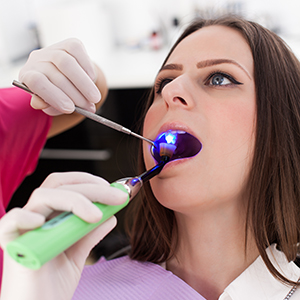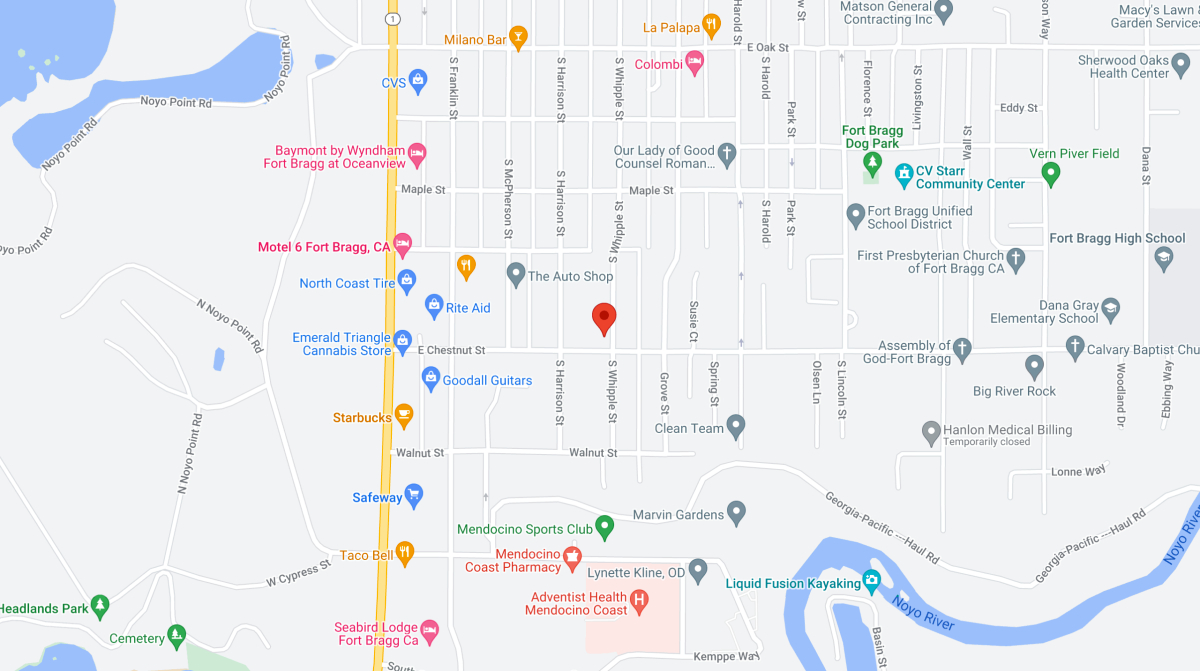
Custom Dental Care for Your Needs
No two of us are alike. We all have our own smiles, speech patterns, eye, and hair colorings. But we’re just now beginning to learn how unique our mouth environments really are. Turns out, they’re as distinctively different as fingerprints.
One patient can go a year between checkups, while another might need to turn as often as every six weeks. The difference? The unique bacterial/chemical mix of each person’s mouth. Professionally we call these differences “individualization.”
Tartar builders, cavity creators.
“Individualization” accounts for the fact that some mouths are genetically and chemically programmed to create tartar buildups, while others barely produce tartar at all. These genetic “signatures” even extend to tooth decay. We still see patients who—despite their best efforts—appear cavity susceptible.
Older patients, special needs
Mouths, like people, are affected by years as well as by genes. If you’re over 60, your oral chemistry is changing—and thorough examinations of gums and salivary glands can be a lifesaving early detector of oral cancer or other diseases.
We’re also finding patients over 55 develop twice as many cavities as children do. Many times that’s because medications seniors take reduce saliva flow and dry the mouth—an open invitation for tooth decay and periodontal disease.
Age, genetics, antibodies, bacteria: the more we learn, the more we realize—there’s no other mouth exactly like yours.


